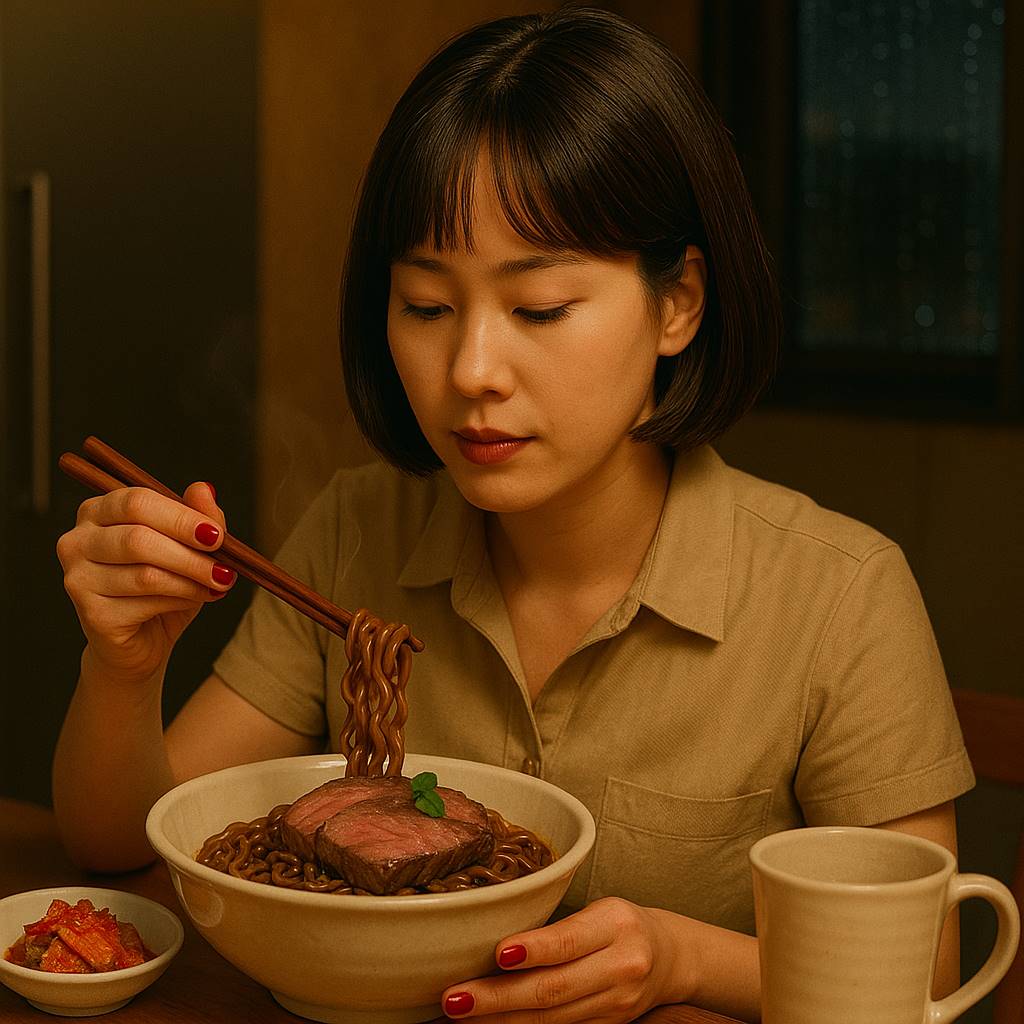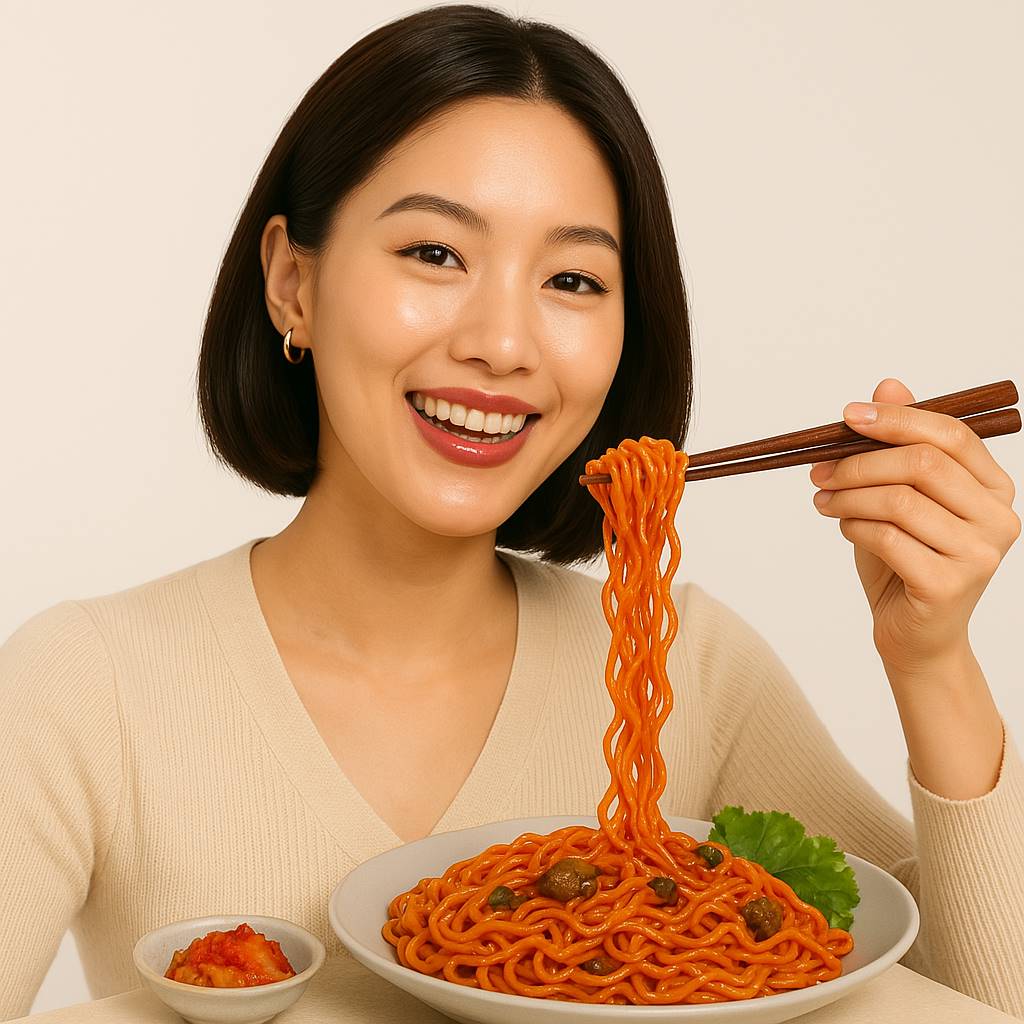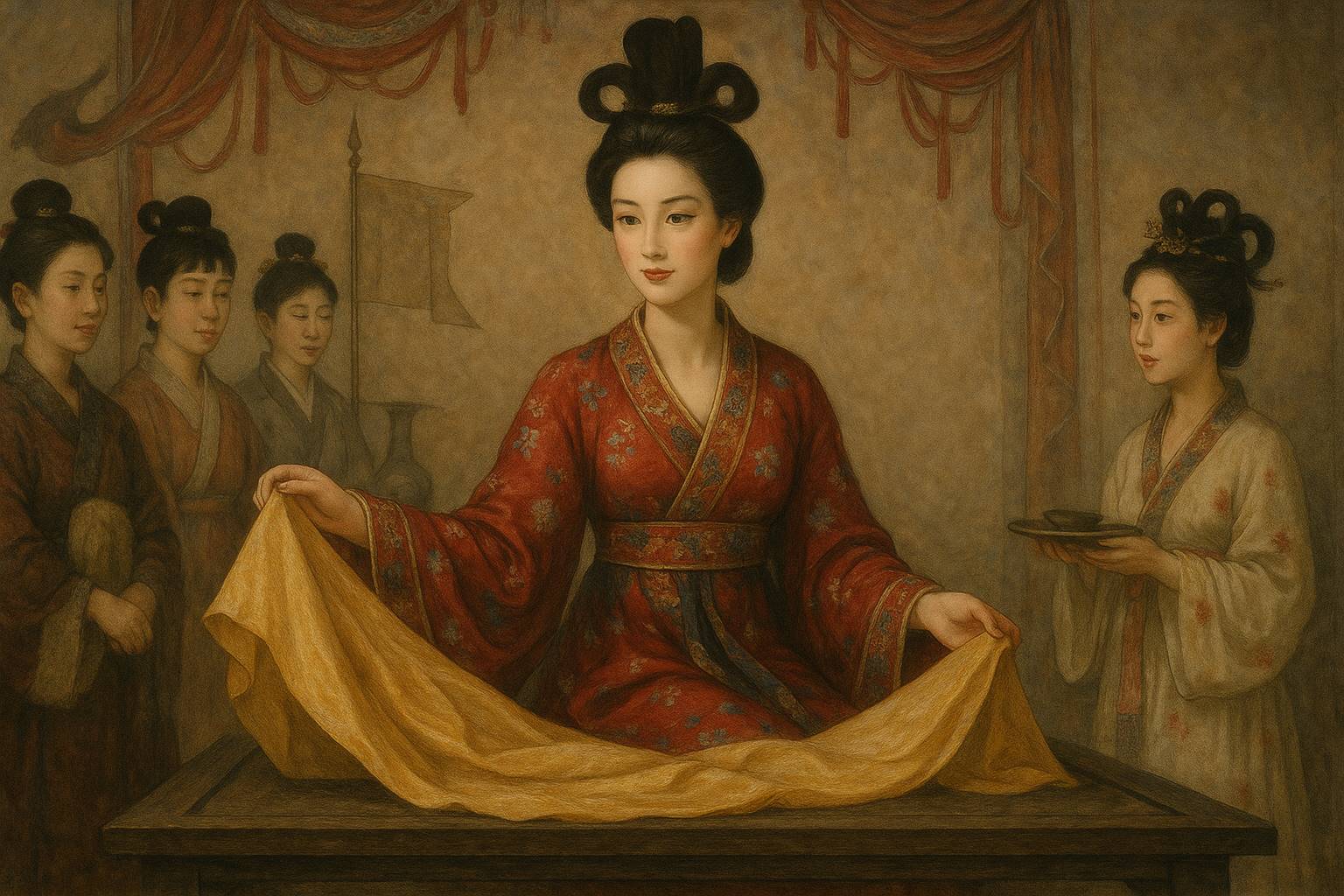1. The Origins and History of Korean Ramen Culture
Korean ramen began to establish itself in daily life starting in the 1960s with the emergence of instant noodles. At that time, Samyang Ramen was launched as the first instant ramen, gaining popularity as a quick and easy meal option for many households. Over time, with the introduction of various brands, ramen has become a staple snack and meal in Korea.
The popularity of ramen is closely tied to the changes in Korean society. In the fast-paced modern world, ramen became a convenient choice for meals or late-night snacks, quickly becoming a household essential.
As of 2023, Korea’s ramen exports reached approximately $450 million, demonstrating its growing global appeal. Ramen is now recognized internationally as one of Korea’s signature foods, celebrated for both its taste and cultural significance.
2. Jjapaguri in *Parasite*: Globalization of Korean Food
If ramen plays an important role in Korean food culture, Jjapaguri holds a special place. Jjapaguri is a mix of Jjapaghetti and Neoguri noodles, originally popularized as an internet meme. However, it gained international fame after appearing in the film *Parasite*.
In the film, Jjapaguri is combined with premium beef ribeye, symbolizing the paradoxical mix of humble food and luxury ingredients. This scene resonated with global audiences and remains a powerful visual representation of the unique charm of Korean cuisine.

3. Summer Favorites: Bibim-myeon and Golbaengi Bibim-myeon
In summer, Bibim-myeon (spicy cold noodles) becomes extremely popular and is considered a seasonal favorite in Korea. Since the launch of Paldo Bibim-myeon in the late 1970s, it has been a beloved summer dish. Golbaengi Bibim-myeon is a variation that includes spicy sea snails, often served at home or in restaurants.
Statistics show that Bibim-myeon consumption spikes in the summer, as it provides a cool and spicy meal to combat the heat. With its vibrant red sauce and chewy noodles, Bibim-myeon offers a bold and refreshing flavor for those seeking relief from hot weather.

4. Ramen in Korean Pop Culture and Trends
Ramen represents more than just a food item. In Korean pop culture, ramen is portrayed in various ways, creating a rich image. Eating ramen on a rainy day is a recurring theme in social media, advertisements, and TV dramas, often symbolizing warmth and emotional resonance.
Ramen frequently appears in Korean dramas and films, where characters eat it during difficult moments—often revealing deeper emotional layers. As such, ramen goes beyond being food and becomes an essential element of Korean culture.
5. Korean Ramen’s Global Popularity: A Fusion of Food and Culture
In recent years, Korean ramen has gained immense popularity across the globe. From the United States to Japan and China, Korean ramen is expanding its presence. Unique combinations like Jjapaguri have garnered international attention, marking a pivotal moment in the globalization of Korean cuisine.
Moreover, Korean ramen is widely loved for its spicy flavors and bold taste. These days, we often see people from various ethnic and cultural backgrounds enjoying Korean ramen, visually showcasing its growing global appeal.
6. Conclusion: The Global Spread of Korean Food Culture through Ramen
Korean ramen has evolved beyond just a snack or meal; it is now a symbol of Korean culture and a key example of its globalization. For Koreans, eating ramen holds emotional and nostalgic value, and as it spreads worldwide, it introduces the charm of Korean food to a global audience.
The visualization of ramen culture through AI-generated images helps vividly convey how Korean cuisine is expanding across the globe in a compelling and engaging way.






Leave a Reply